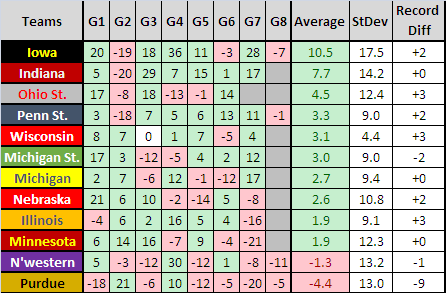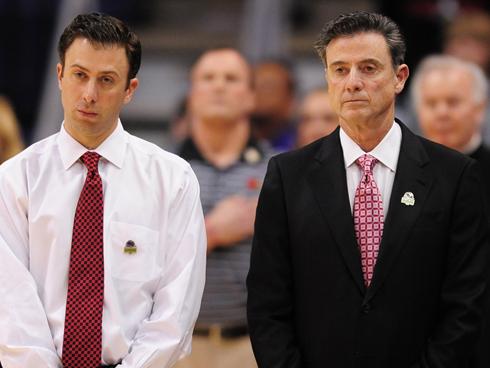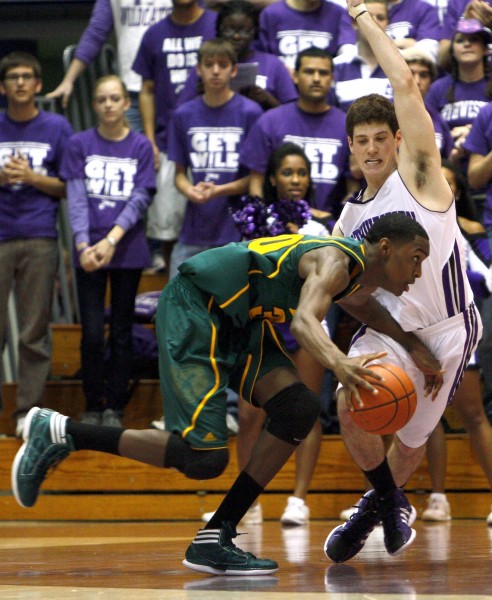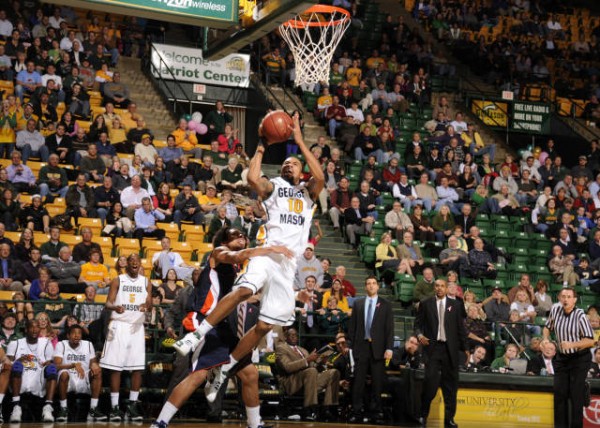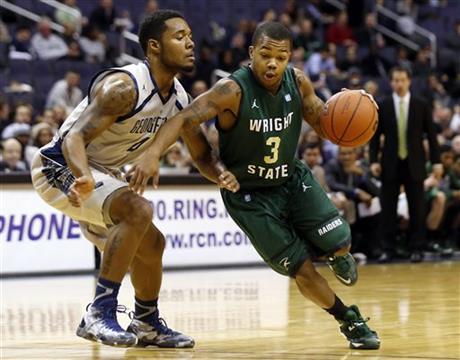Big Ten Analysis: Starting to See a Regression to the Mean
Posted by Alex Moscoso (@AlexPMoscoso) on December 3rd, 2013A couple weeks back, we analyzed each Big Ten team’s current season performance and compared them with their preseason expectations. In short, we compared each team’s win/loss margin to its preseason expected outcome according to KenPom. Since then, there have been several more games played, including the various Feast Week tournaments, and we’re starting to get a clearer picture of who has played well (or not). In order to include all the tournament games, we had to make some revisions in methodology. We won’t bore you with all the details but suffice it to say that we used KenPom projections throughout. Below is our updated table measuring performances of each game, the average, standard deviation, and season record differential to date.
Here are the three primary takeaways:
- Iowa is still the most overperforming team and it is statistically the most inconsistent team. Iowa is beating its expected preseason outcomes by an average of 10.5 points per game. This large margin is due to the Hawkeyes blowing out a number of inferior opponents. But Fran McCaffery’s team also has been the most inconsistent Big Ten team (it carries the largest standard deviation of point differential at 17.5). Aside from their blowouts, they have one ugly win against Nebraska-Omaha and two underperformances against Xavier and Villanova. Iowa went into the Battle 4 Atlantis hoping to get some marquee wins and make a statement that they are worthy of their Top 25 ranking, but they still have some convincing to do after getting down big to Xavier before coming back to win in overtime. They also lost to Villanova in overtime after carrying a double-figure lead. For now though, Iowa is still the most overperforming team in the Big Ten and their long-term prospects look good as they’re expected to win two more games than expected during the preseason. Read the rest of this entry »





























